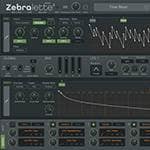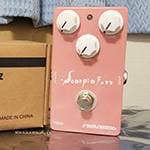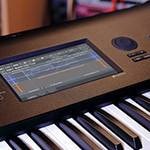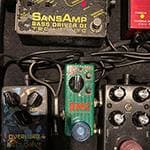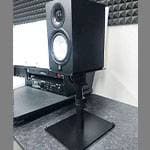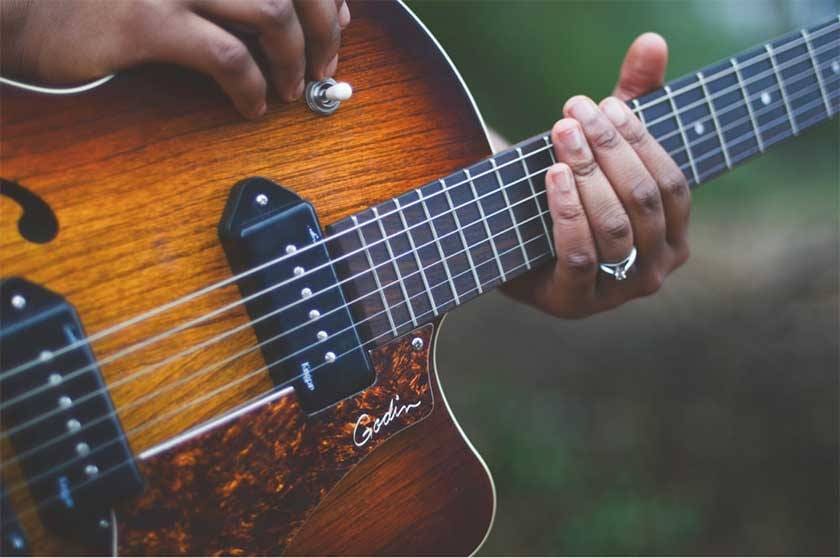
Hello!
I'm Kaoru the composer!
Starting today, I’ll be organizing information on each type of effects pedal, focusing on their functions and how to use them.
I hope this will serve as a helpful guide when you're considering which gear to add to your setup!
Let’s begin by deepening our understanding of the chorus and flanger effects!
■ What is a chorus pedal?
To put it simply for beginners, a chorus effect slightly shifts the pitch and delays the input sound to create a sense of modulation and thickness.
It's one of the most commonly used effects after distortion for guitar, so there are many models available on the market.
Since it can be used on guitars, vocals, drums, and just about any instrument, it's a versatile effect that's worth understanding.
Chorus effects can generally be divided into three types: analog chorus, digital chorus, and stereo chorus.
Analog chorus:
This effect is created using a component called a Bucket Brigade Device (BBD), which passes the analog signal through a series of stages, like a bucket brigade. It’s known for its warm, rich tone that is characteristic of analog gear.
Digital chorus:
This effect is achieved through digital signal processing, using parts like a Digital Signal Processor (DSP) to increase processing speed. It produces a clean, beautiful sound. Since it allows for more detailed adjustments. It offers more flexibility, but it can also be a bit harder to master.
Stereo chorus:
With two output jacks, this type allows the dry (unaffected) sound and the affected sound to be sent to two separate speakers.
The downside is that it requires two or more amp channels or speakers, which can limit where and how it can be used.
Fun fact:
The very first chorus effect pedal was created by the Japanese musical instrument company ROLAND. As a Japanese I’m so proud of Japanese innovation, which is just another example of ROLAND’s excellence!
■ What is a flanger pedal?
Like chorus, the flanger belongs to the "modulation" category of effects, and the sound it produces is somewhat similar.
The defining characteristic of a flanger is its swirling, jet-like sound. It’s especially useful when you want to add depth, a floating feel, or a mysterious atmosphere to your tone.
Flangers can be roughly divided into two types: analog flangers and digital flangers.
Analog flanger:
Known for its warm, mild tone. Most models are simple in both controls and features, making them easy to use.
Digital flanger:
Characterized by a lighter, clearer sound. These models often come with more features and settings.
By the way, “modulation effects” refer to effects that control movement in the sound, like it’s wavering or swirling. Flanger, chorus, tremolo, and phaser all fall into this category.
We'll also be introducing some recommended products available at Sound House!
This chorus pedal is the true successor to the Small Clone, famously used by Nirvana’s Kurt Cobain.
Its aluminum body and retro design give it a modern, very cool look! The compact size means it won’t take up much space on your pedalboard.
By inheriting the original Small Clone pedal’s circuitry, it retains the characteristic sound of the classic effect. It brings out the natural tone of your guitar while delivering a noise-free, clear chorus sound, making it versatile across genres.
With simple controls like the mini switch to toggle depth and a knob to adjust rate, even beginners can easily dial in great sounds intuitively.
At around 9,000 yen, it’s also very affordable!
A compact and highly cost-effective flanger pedal.
Its rounded square design is very distinctive.
By placing the control knobs and input/output jacks on the side of the unit, it helps reduce cable clutter.
The available controls are:
- Speed: Adjusts the flanger’s speed
- Depth: Adjusts the intensity of the flanger effect
- F.Back (Feedback): Controls the amount of feedback in the effect
- Manual: Sets the sweep point of the flanger
With these controls, you can create a wide range of sounds suitable for most music genres.
This multi-modulation pedal packs 12 different modulation effects into a sturdy metal body with a dual footswitch and a highly visible display.
It includes:
- Chorus
- Ce-1
- Flanger
- Phaser
- Vintage Phaser
- Classic Vibe
- Vibrato
- Tremolo
- Rotary
- Auto Wah
- Slicer
- Overtone
This means that you can create an almost unlimited variety of sounds. It also has a memory function to save your custom settings, which is very useful for live performances and recording sessions.
Priced under 30,000 yen, it’s much more affordable than buying individual modulation pedals separately.
This concludes my explanation of chorus and flanger effects, along with some of my recommended products! Because the effect is easy to hear and understand, these pedals are really fun to use. They’re also great for beginners, so why not consider trying one out?
The “sound & person” column is made up of contributions from you.
For details about contributing, click here.





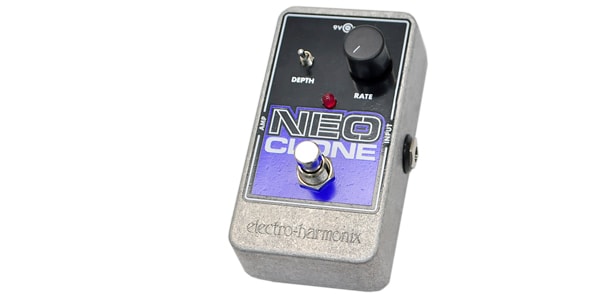
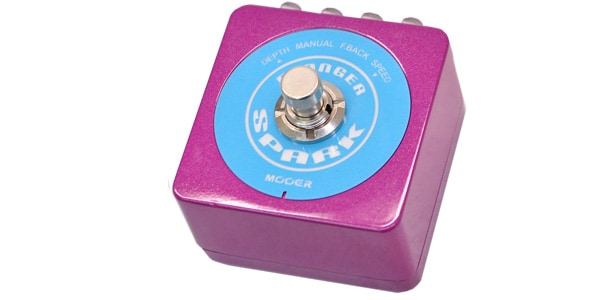
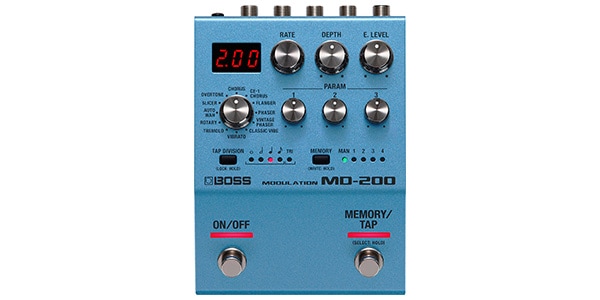





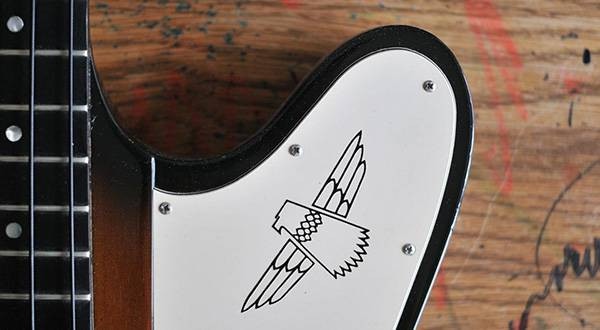
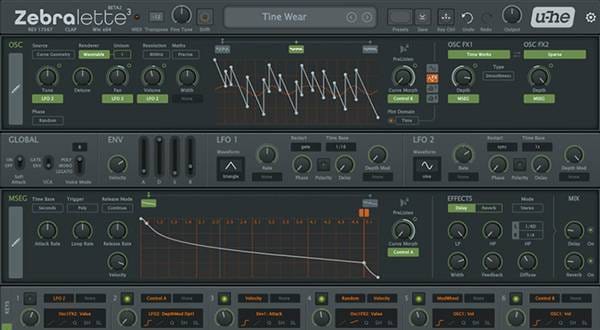
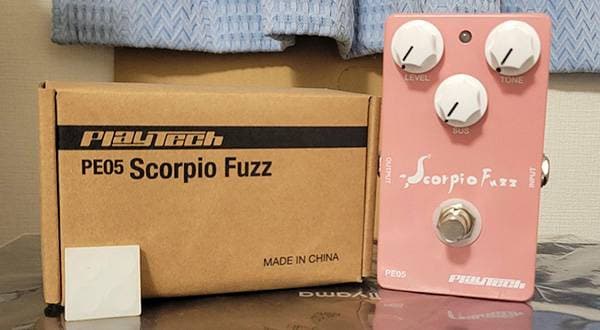

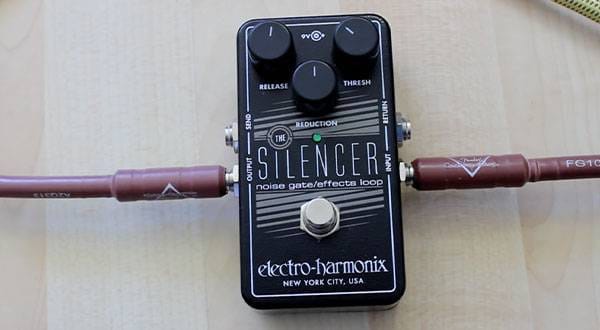
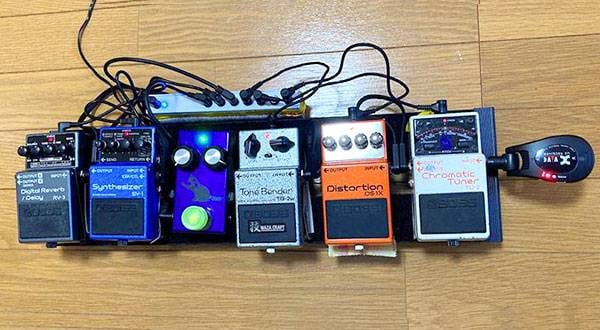

![[Beginner Guitar Talk] -Is it better to buy a compact effector or a multi-effector? ~](/contents/uploads/thumbs/5/2020/8/20200807_5_10888_1.jpg)
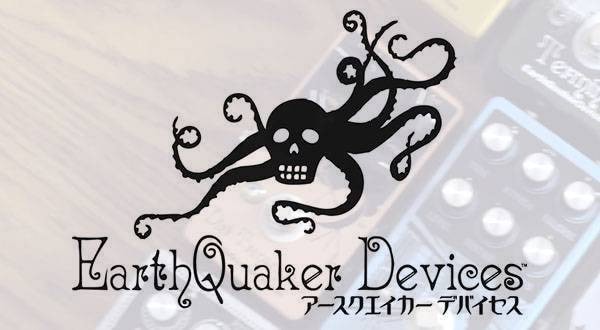

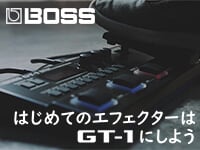 はじめてのエフェクターは GT-1 にしよう
はじめてのエフェクターは GT-1 にしよう
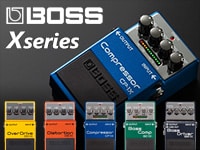 BOSS Xシリーズ
BOSS Xシリーズ
 【初心者向け】エフェクター講座
【初心者向け】エフェクター講座
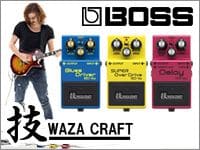 BOSS「技-WAZA CRAFT-」
BOSS「技-WAZA CRAFT-」
 あなたのエフェクターボード見せてください
あなたのエフェクターボード見せてください
 エフェクターの種類
エフェクターの種類


